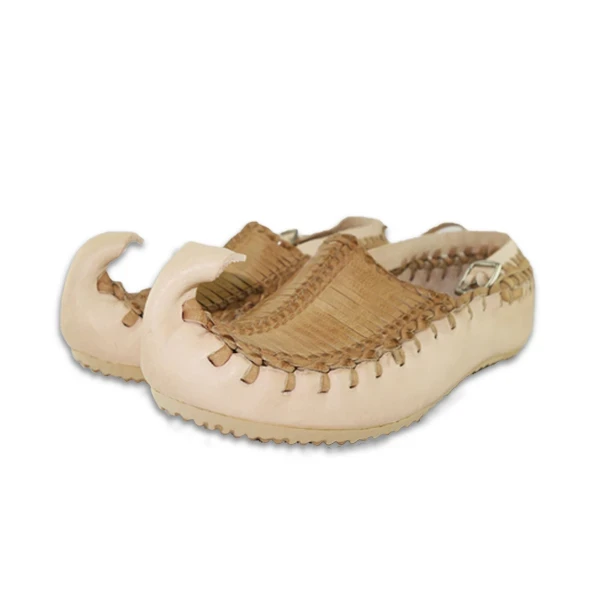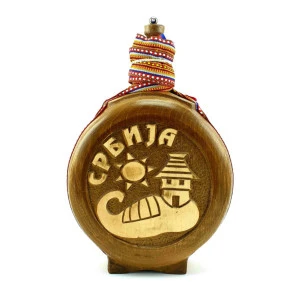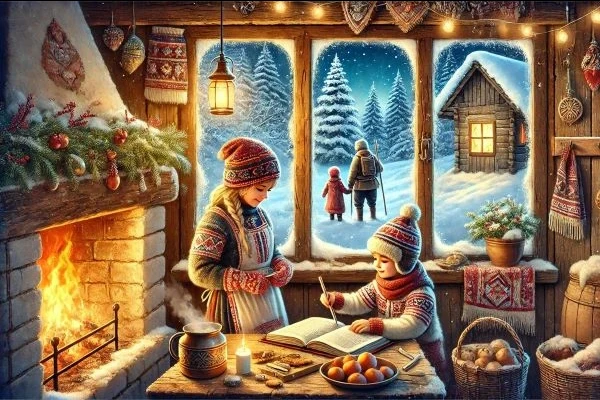OPANS - SERBIAN TRADITIONAL SHOES
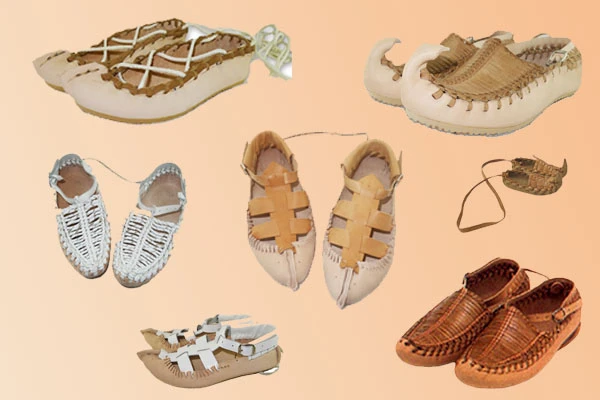
Opanci are traditional Serbian footwear that were used throughout the country. There are different types of opanas that vary by region, materials and decorations. Opanci are still popular today as part of folklore ensembles and souvenirs for tourists, and they are also a symbol of Serbian tradition.
Opanci are light leather shoes used in the rural areas of the Balkan Peninsula in various shapes, colors and fashion details. For Serbs, opanak represents traditional Serbian footwear and a national symbol. Apart from Serbia, opani are part of the folk costume in Macedonia, Bosnia, Croatia, Herzegovina and Montenegro.
Some of the types of opanak:
1. ŠUMADIJA OPANS WITHOUT A BEAK
Šumadija opanci without a beak are simpler in design and production compared to opanci with a beak. They are made of calf leather and are tightened around the legs with straps or braces. These opals are often brown in color and do not contain decorative details or patterns. Šumadija opanci without a beak are part of the Serbian national costume.
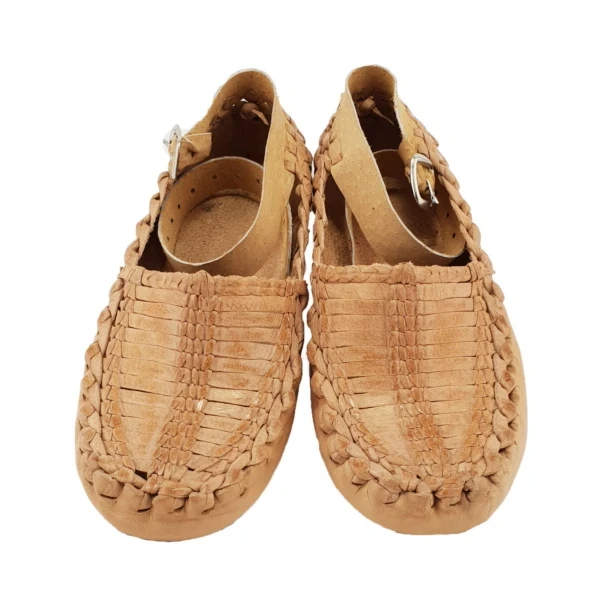
The shape of the opanka varies in different parts of Serbia. Opals with a "beak" or tip of the front part bent upwards are known as "pointed". Most often, they are made of calf skin, but the ones made of pig skin are called sivenjaci. The beak that adorns this traditional footwear of ours, according to some ethnologists, serves to prevent mud and moisture from entering the shoe itself.
Vlach opanci are a type of traditional footwear worn in some parts of Serbia and Romania, especially among ethnic Vlachs. They are made by hand, from natural leather, and are characterized by the fact that they do not have a beak, but are completely flat. Vlach opanci are usually tied around the leg with straps or ribbons that pass through the holes on the shoe itself, and depending on the region, they can have different ornaments and decorations. Vlach opans are part of the traditional costume of the Vlachs, and are often worn at folklore events and festivities.
Herzegovinian opanci are a type of traditional footwear worn in Herzegovina, a region that includes southeastern Bosnia and Herzegovina and part of Montenegro. Herzegovinian ankle boots are made of leather and are characterized by a soft sole and thicker straps that hold the ankle boots on the leg. They usually do not have a beak like other species of opanak in the Balkans. Instead, their top is flat.
Herzegovinian opans are usually white in color, but they can also be in other colors, such as black, brown and dark blue.
Macedonian opans are traditional footwear worn by people in Macedonia. They are usually made of leather or fleece, and are characterized by an elongated shape and straps to fasten around the legs. Some Macedonian opans can also have decorations in the form of embroidery or decorative metal parts. They are often worn as part of the national costume at traditional events, such as festivals, weddings or other important social events.
After the Second World War, tires were also made from recycled tires, known as "tokkasi". Today, there are modern shoes produced in shoe factories, called "piroćane" (because they were made in pirote), which have an inner lining made of canvas and a fastening strap. In the markets, you can also find cheaper rubber shoes without lining and straps, which cannot be considered real shoes that are part of the national costume.
Related products
Read also
How to Bring the Spirit of Orthodox Tradition into Your Home This Winter?
Winter is the perfect time to bring warmth, togetherness and the spirit of Orthodox…
Serbian Souvenirs: Perfect New Year's Gifts for All Tastes
New Year is the time of giving, and what is more beautiful than a gift that…
How to stay productive and not waste an entire day on Black Friday shopping
Black Friday is a day full of amazing discounts, but it can easily become exhausting…
Folk Beliefs and Customs for Saint Aranđel - Assembly of Holy Angels
Saint Michael the Archangel, who is celebrated…
Folk Beliefs and Customs for Đurđić - Glory of St. George
Đurđić, the feast of St. George, celebrated on November 16, is one of the most…
Smart shopper's guide: How to make the most of Black Friday
Black Friday is the most famous shopping event of the year that offers huge…
The history of Black Friday: How it all began and why it continues
Black Friday, known as the biggest discount day of the year, today attracts…
Gifts for Children in the Diaspora: How to Nurture the Connection with the Language, Culture and Tradition of Serbia
Children who grow up in the diaspora face specific challenges - they lose contact…
Serbian dishes for autumn: Top 5 recipes you must try
Autumn in Serbia brings beautiful colors, cooler days and rich flavors of traditional…
October 9: Day of significant events and personalities in Serbian history
The ninth of October is a special date in Serbian history, marked by the birth…
October: The Feasts We Celebrate in October
October is the month when nature changes its colors and enters the golden autumn.…
Slavas we celebrate in September: A Month Full of Feasts and Traditions
September is a month rich in Serbian celebrations, when many families throughout…

Apply for newsletter
Sign up for the Serbianshop newsletter and get a 10% discount.


